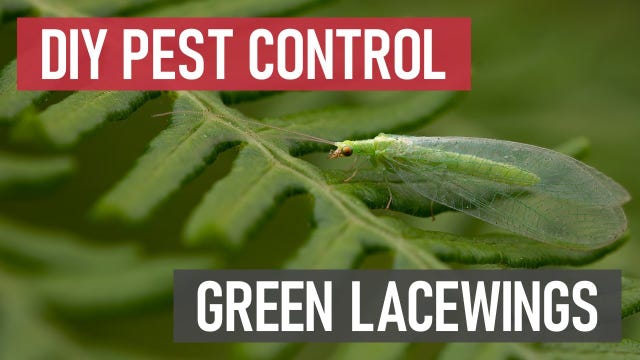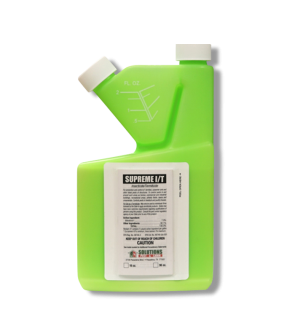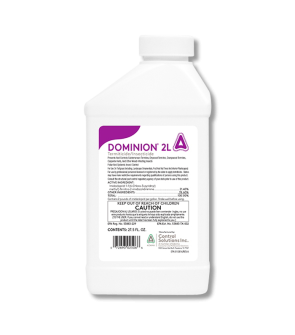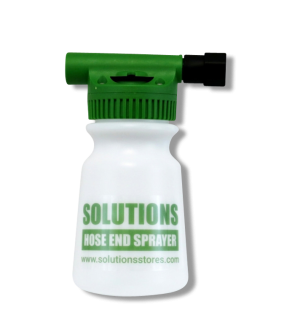Gain access to personalized product screening, the best pricing, rewards, and more!
Most Effective Products
Green Lacewing Control: How To Get Rid of Green Lacewings
This page is a general green lacewing control guide. Using the suggested products and methods will reduce the population of green lacewings. Follow this guide and use the recommended products, and we guarantee a great reduction in the population of green lacewings.
Green lacewings are common flying insects found throughout the United States. These insects are actually beneficial for homes and gardens, as they are important predators of aphids, white flies, thrips, and other insect pests. Large populations of green lacewings may indicate an infestation of these other insects.
Green lacewings do not transmit disease or bite or sting, but their sudden appearance means that you might have an infestation of aphids or thrips, and these insects are vectors of many plant diseases.
Identification
Identification is very important for control. You must ensure you’re dealing with green lacewings and not another bug. Below are the characteristics that set green lacewings apart.

- Green lacewings are small insects with soft, slender bodies. They grow up to 3/4 of an inch in length from head to tail tip.
- They are commonly green in color, but there are some species that may be tan or brown. These flying insects have two pairs of veiny, translucent wings. When green lacewings are threatened or disturbed, they may emit a foul odor.
- The larvae have elongated segmented bodies. They grow up to half an inch in length, and their body colors include spots of grey, tan, and brown. Lacewing larvae possess long, distinct mandibles. Some species may even stick debris on their backs to use as camouflage.
Use the description above to help you properly identify the green lacewing on your property. If you are unsure, contact us; we will try to help you get the correct identification.
Inspection
Inspection is crucial for complete control. Before you can treat, you must ensure you are dealing with green lacewings. During the inspection, you will be looking for green lacewing activity.

Where To Inspect
Most green lacewings are found near the plants that their prey feeds on. Search near shrubs, gardens, flower beds, and other spots with vegetation.
What To Look For
Look for the lacewings themselves and their larvae. Their presence on your property will indicate more pressing insect infestations like aphids or mealybugs.
Treatment
Once you have confirmed green lacewing activity, it is time to begin treatment. Remember to read all product labels, follow the application instructions on these labels, and stay safe by wearing personal protective equipment.
To control green lacewings on your property, you will need to target their food sources. Once pest insects have been eliminated, lacewings will hunt for food elsewhere.
Step 1: Outdoor Treatment

First, apply a repelling insecticide like Supreme I/T. Supreme I/T is a bifenthrin-based liquid suspended concentrate that is labeled to treat over 70 different pests.
In a handheld sprayer, mix 1 fluid ounce of Supreme IT into 1 gallon of water to treat every 1,000 square feet.
Broadcast your solution evenly over your lawn with a fan or cone spray pattern. Spray shrubbery and ornamentals from above and below to coat all leaf surfaces. Spray all foliage to the point of wet but not runoff. Pests that make contact with the solution or treated areas will have their nervous systems impacted and die after several hours.
Next, to target pests like aphids and mealybugs, use an insecticide like Dominion 2L. Dominion 2L is a systemic insecticide, meaning it will get absorbed into treated plants, and will kill pests that feed from those plants. This product can be applied either as a foliar treatment or as a soil drench treatment.
If you are going to apply Dominion 2L as a foliar treatment, output the labeled rate of 1.5 fluid ounces of product per 100 gallons of water.
As a soil drench for shrubs, you will apply 0.1 to 0.2 fluid ounces of product per foot of the shrub’s height.
Over flowers, groundcover, and turf, apply 0.46 to 0.6 fluid ounces per 1,000 square feet of treatment area. After this application, water the product in.
Once the product has been applied, it will absorb into the plants through the leaves or roots. Labeled pests that attempt to feed off treated plants will be poisoned and will die after approximately 24 hours.
Prevention
Prevention is the final step in control. There are many things you can do to prevent green lacewings.
- The best way to prevent pests like lacewings from breaking out is to prevent their food sources from establishing on your property. Be diligent in monitoring your plants and checking for activity and spraying your plants when necessary. Note the health of your plants, and when something doesn’t seem right, address the problem as soon as possible.
- You can also boost your plants’ health with fertilizer or proper watering. Healthier plants are more capable of resisting and recovering from pest damage. If an infestation breaks out, prune away afflicted parts to prevent the pests from spreading.
- Finally, be sure to make regular reapplications of Supreme IT and Dominion 2L. Both products protect treated areas for up to 90 days, so reapply these products every 3 months to maintain protection year-round.
Key Takeaways
What are Green Lacewings?
- Green lacewings are beneficial pests that feed on many harmful insects but can bite people if threatened.
How to Get Rid of Green Lacewings
- Our recommendation is to control existing thrip and aphid populations with Dominion 2L and apply Supreme IT to control green lacewings.
Preventing Green Lacewings Reinfestations
- Remember to regularly inspect your plants for sucking pests of ornamentals. If their populations grow out of control, you might be visited by green lacewings. Remember to apply your products throughout the year to keep aphids and thrips out of your plants, which will discourage green lacewings. Finally, remember to read all product labels, follow the application instructions, and stay safe by wearing personal protective equipment.











